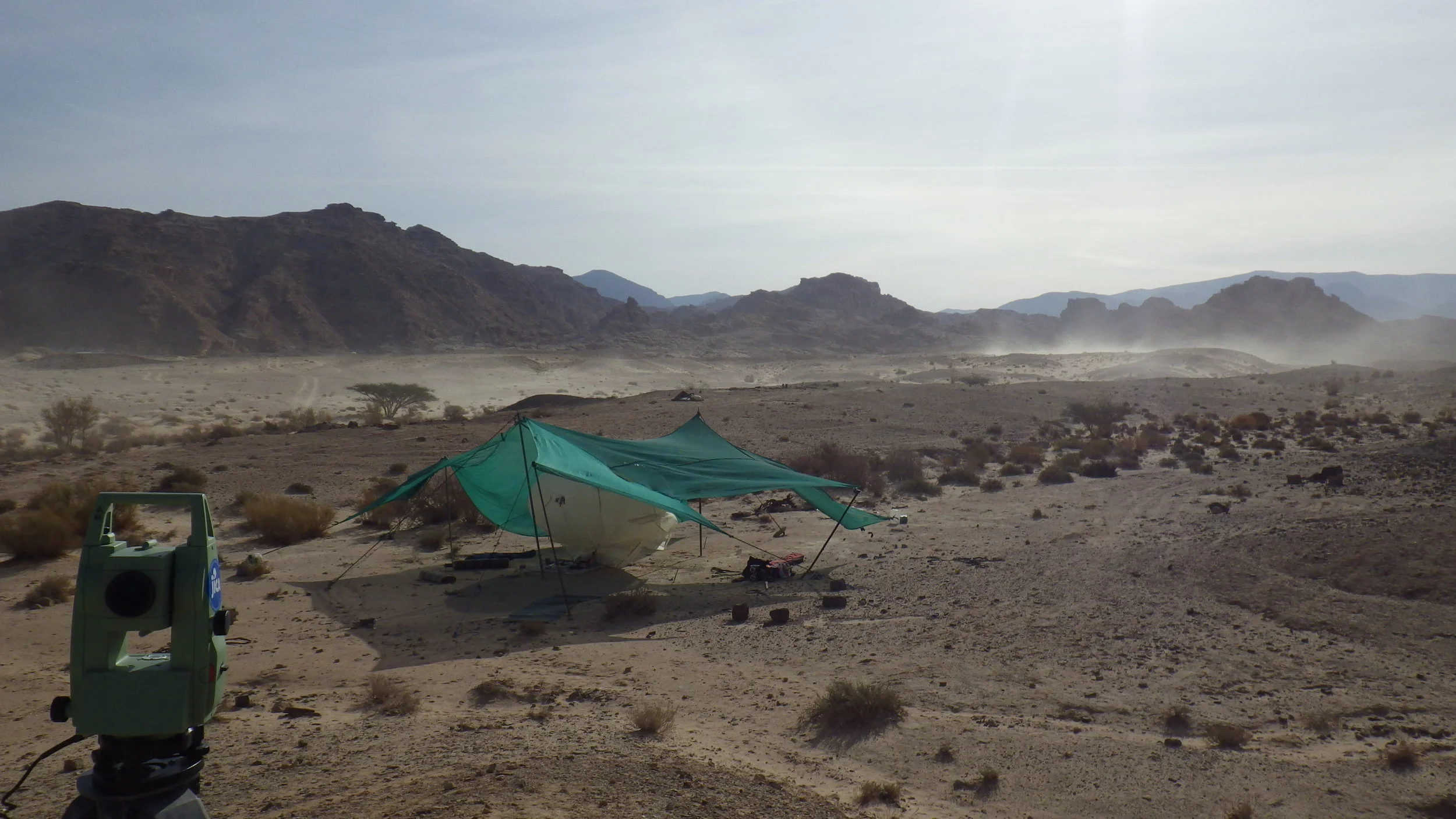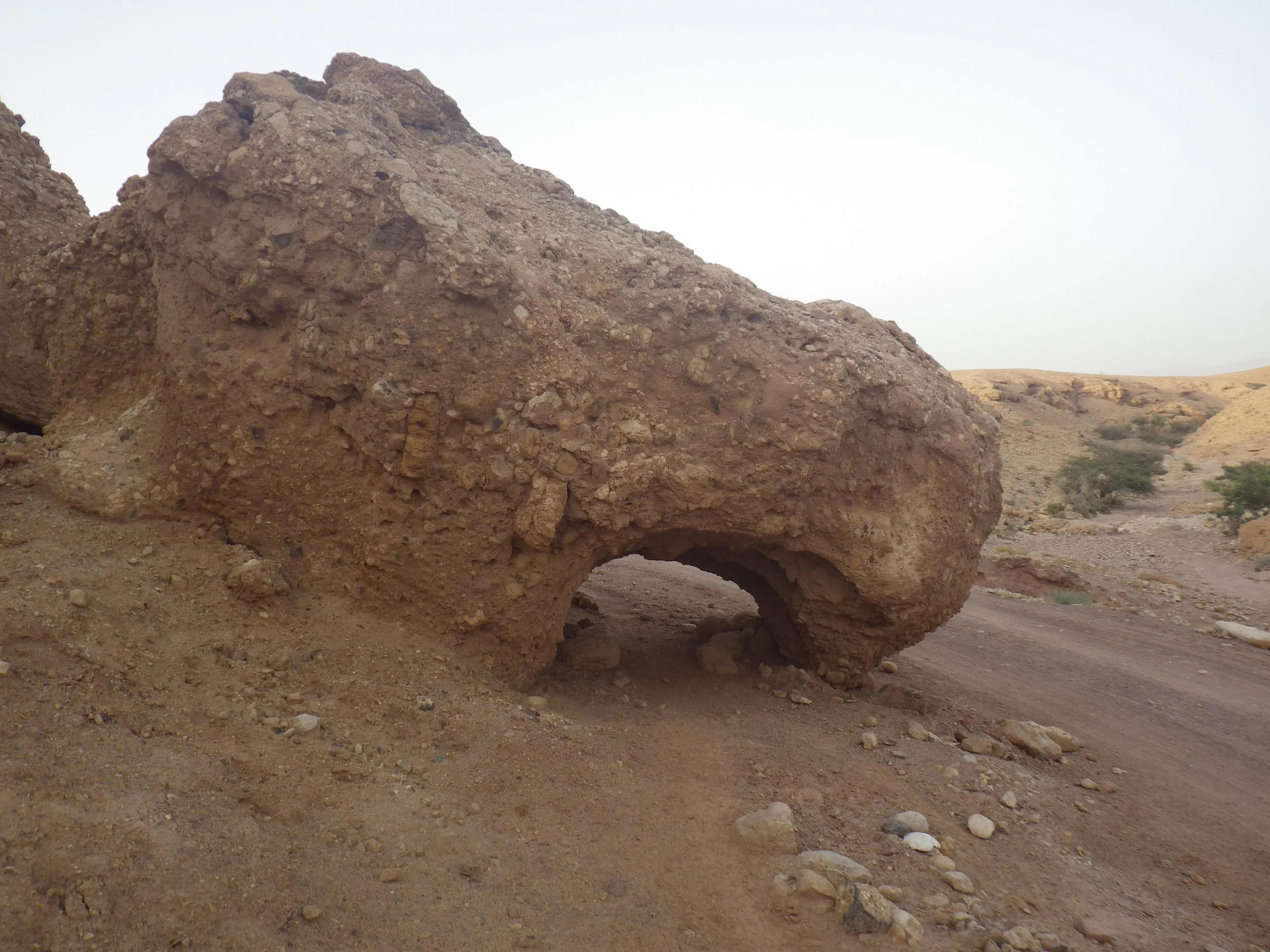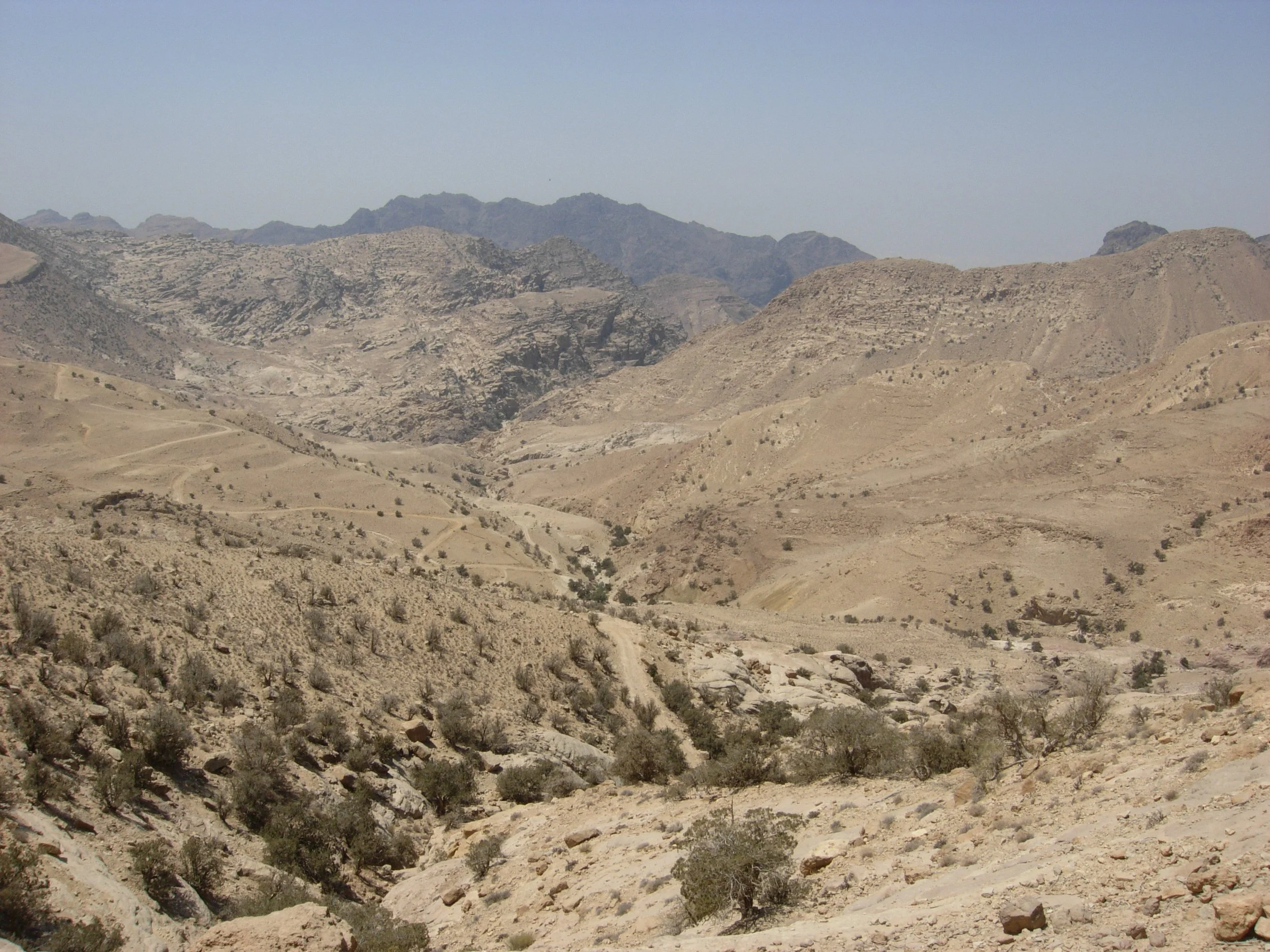The Edom Lowlands Regional Archaeology Project (ELRAP)
The Edom Lowlands Regional Archaeology Project (ELRAP) was a “deep-time” study of settlement and copper exploitation in and around the Faynan region of southern Jordan, about 150 km southwest of ‘Amman and 30 km north of Petra. The project was based out of the UC San Diego Levantine and Cyber-Archaeology Laboratory and was co-directed by Thomas E. Levy and Mohammad Najjar. The project was active from 2006-2015 and is now in the final publication phase, along with its predecessor, the Jabal Hamra Fidan (JHF) Project, active from 1997-2005.
I have been involved with the project since 2009 and am currently the publication lead for the excavations of Roman-Islamic period sites conducted by the project. Brief summaries of the key sites for these periods can be found below. Interactive 3D models of key ELRAP sites, features, and artifacts can be found at the project Sketchfab site, maintained by Matthew D. Howland, Brady Liss, Anthony Tamberino, and myself.
Khirbat Nuqayb al-Asaymir
Khirbat Nuqayb al-Asaymir (Arabic: Ruin of the Brown Pass) is a Middle Islamic period (1000-1400 AD) copper smelting village located ca. 1 km southeast of the large Iron Age copper production center of Khirbat al-Nuhas. I directed excavations in five areas of the site during the 2011 and 2012 ELRAP field seasons. One of the primary insights of these excavations was that the site was active during a very brief window of time corresponding exclusively to the Middle Islamic IIA (1200-1250 AD), or, politically, the Ayyubid period (ca. 1188-1263 AD).
Each of the five excavation areas revealed different aspects of the site. Area X, the westernmost and best-preserved excavated building, is the site’s primary smelting workshop, and the finds from this area included a well-preserved copper smelting furnace. Area Z, a well-preserved building in the center of the site, seems to have originally been a cooking or dining area, and was remodeled as a metallurgical workshop probably late in the first quarter of the 13th century. Area D, located just to the west of Area Z, was a small, square building containing a hearth. Finally, Areas A and Y were shallow hillside structures that likely served as housing.
Khirbat Faynan
Khirbat Faynan (the Classical town of Phaino and Biblical Punon) is one of the largest and most important sites in the Faynan region. The site is historically most important as the Roman metallum of Phaino, mentioned by Eusebius of Caesarea and others as a place where Christians were sent as punishment during the Great Persecution. Excavations, however, revealed occupations spanning from the Early Bronze Age to the Late Islamic period.
I directed excavations in Area 15, a Middle Islamic period copper slag mound whose radiocarbon dates almost exactly match those from Khirbat Nuqayb al-Asaymir, indicating smelting primarily during the Middle Islamic IIA. Excavations in this area also exposed part of the wall of the probable monastery in Area 8, dated to the late 6th century by an inscription found in the building in the early 20th century. I am also responsible for analysis and publication of the Roman-Islamic finds from Area 16 (a long trench exposing occupations dating to the Early Bronze Age, Late Roman, Byzantine, and Early Islamic periods) and the finds from Area 18 (a cistern complex built in the Late Byzantine period and used into the Early Islamic period).
Wadi Fidan
Investigations in Wadi Fidan were conducted primarily by ELRAP’s predecessor, the Jabal Hamra Fidan Project. I am primarily responsible for publication of two sets of JHF material: the 2000 excavations in Khirbat Hamra Ifdan Area L (a farmhouse or small estate dating to the Early Islamic period) and the 2004 excavations at Wadi Fidan 50a (a Late Roman tower used into the Early Islamic period, which had been severely damaged by construction in the late 1970s).
Additionally, I have analyzed material from the 2004 JHF survey of Wadi Fidan and the 2002 and 2007 JHF/ELRAP surveys of Wadi al-Ghuwayba. Preliminary publications of some of this work have appeared (see Publications for details) and final publication is underway.
Wadi al-Fayd
In 2009, I participated in an intensive archaeological survey of Wadi al-Fayd (Arabic: the wadi of the flood), a hilly region west of al-Shawbak, in southern Jordan, directed by Dr. Kyle Knabb. I am currently in the final stages of preparation of a publication based on analysis of Middle and Late Islamic period material found during this survey. One of the most interesting aspects of this project has been the identification of occupation at several defensible hilltop sites dating to the Middle Islamic I (1000-1200 AD), a notoriously elusive period in southern Jordan, which has provided insight into the political-economic landscape of southern Jordan prior to the arrival of the Franks in the 12th century.
Khirbat al-Mana‘iyya
Khirbat al-Mana‘iyya is one of only a handful of sites outside of the Faynan region excavated by ELRAP, and the only such site located in southeastern Wadi ‘Araba. The site is an Early Islamic period copper smelting “camp” located about 30 km north of ‘Aqaba. Several similar camps are known in the southwestern Wadi ‘Araba, but Khirbat al-Mana‘iyya is the first known in the southeast. Publication of this material is now complete (see Publications for details), but this work forms the foundation for my ongoing research on the political economy of southern Wadi ‘Araba in the Early Islamic period.





